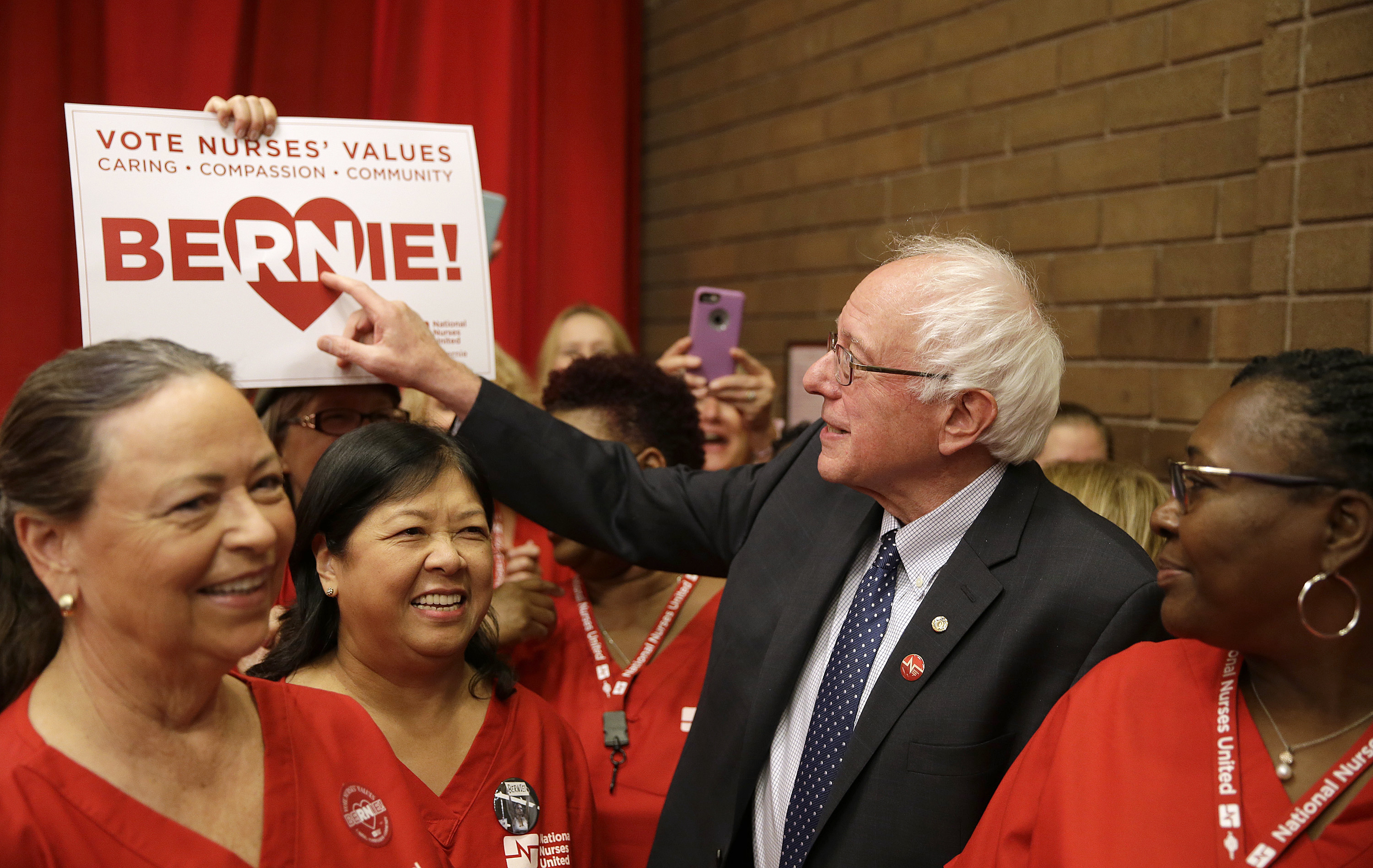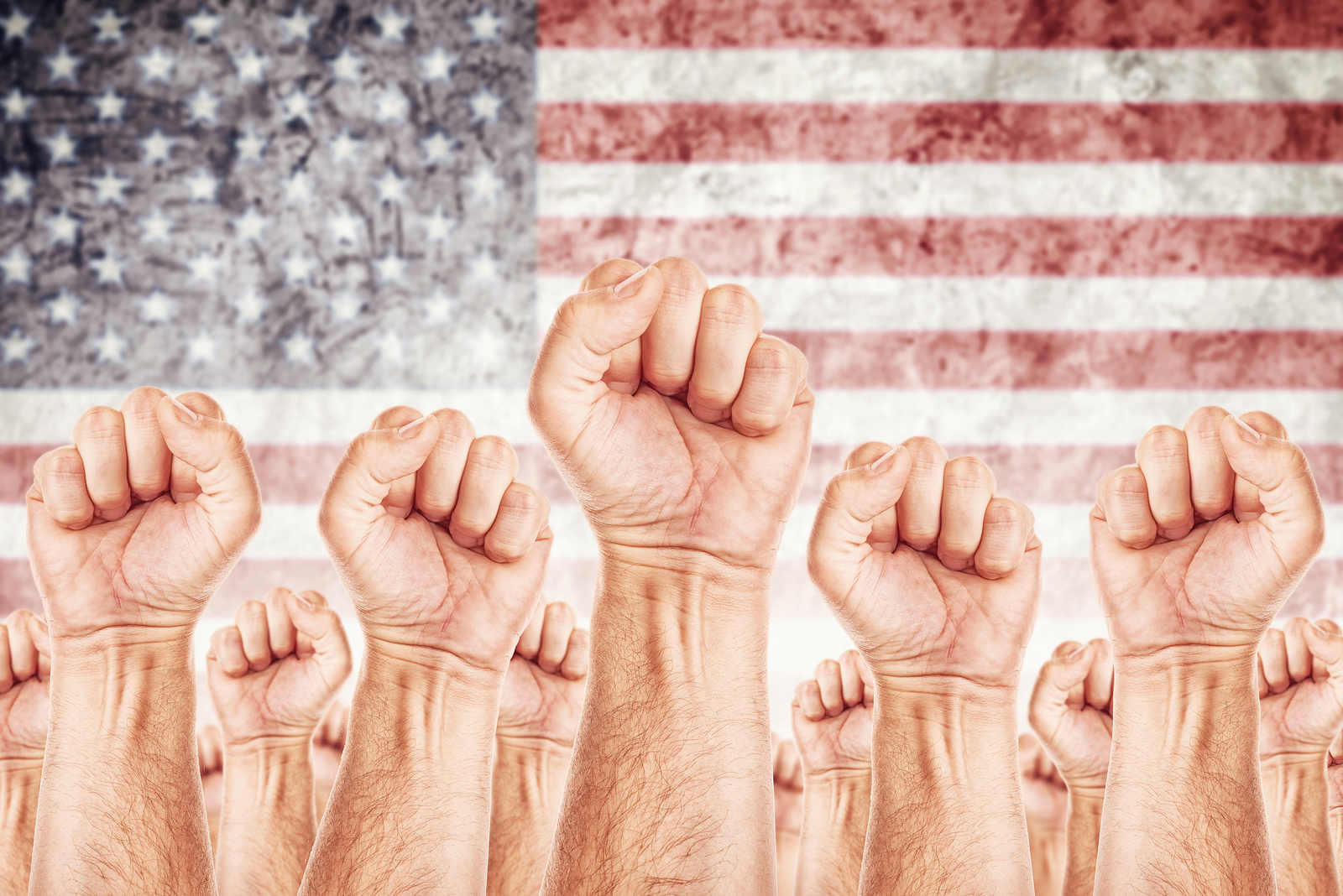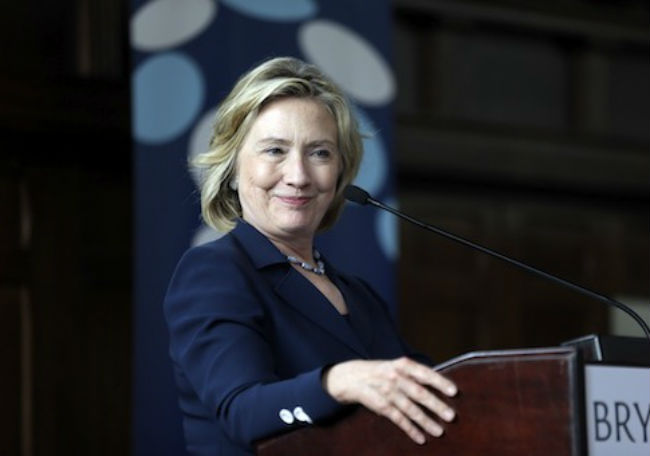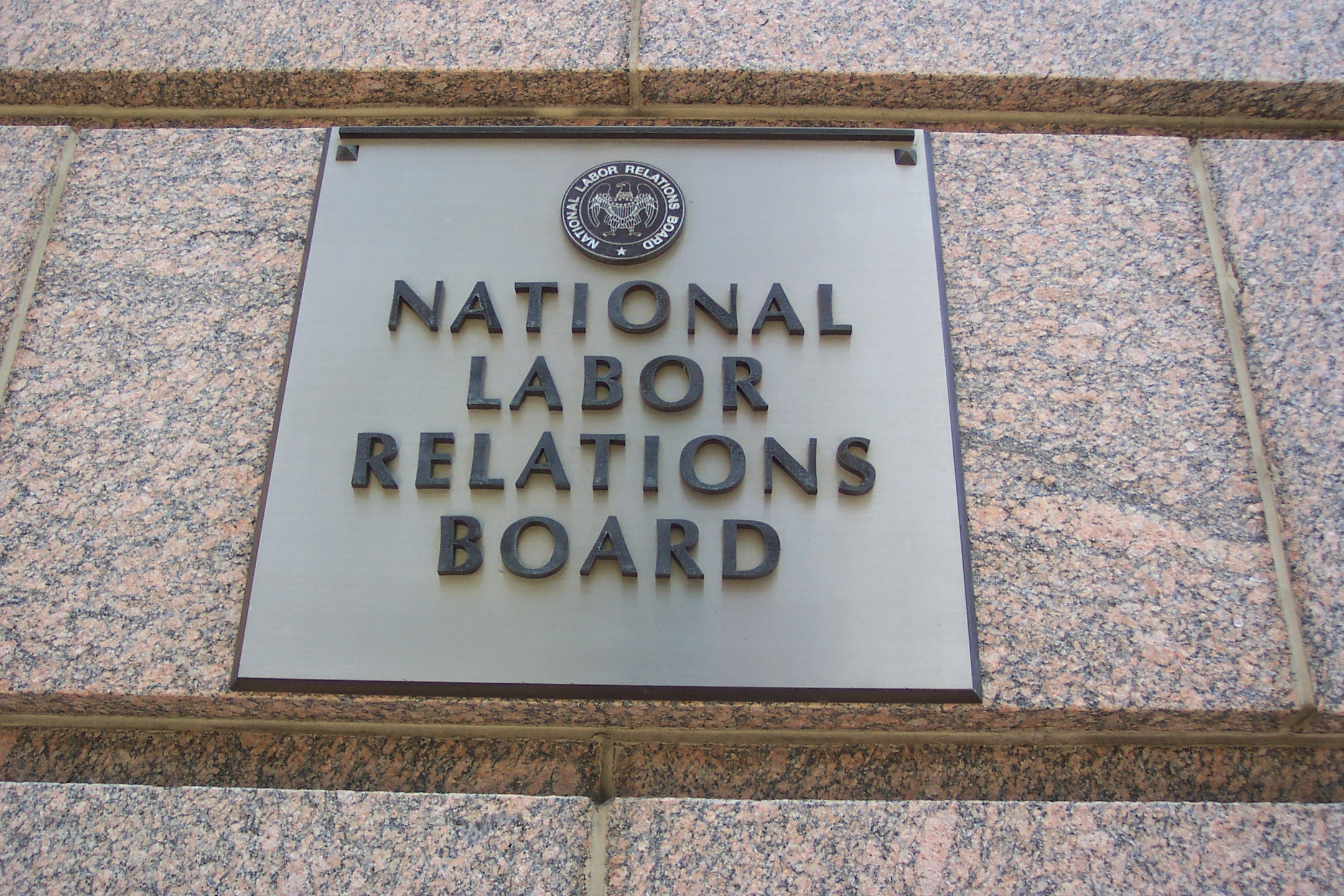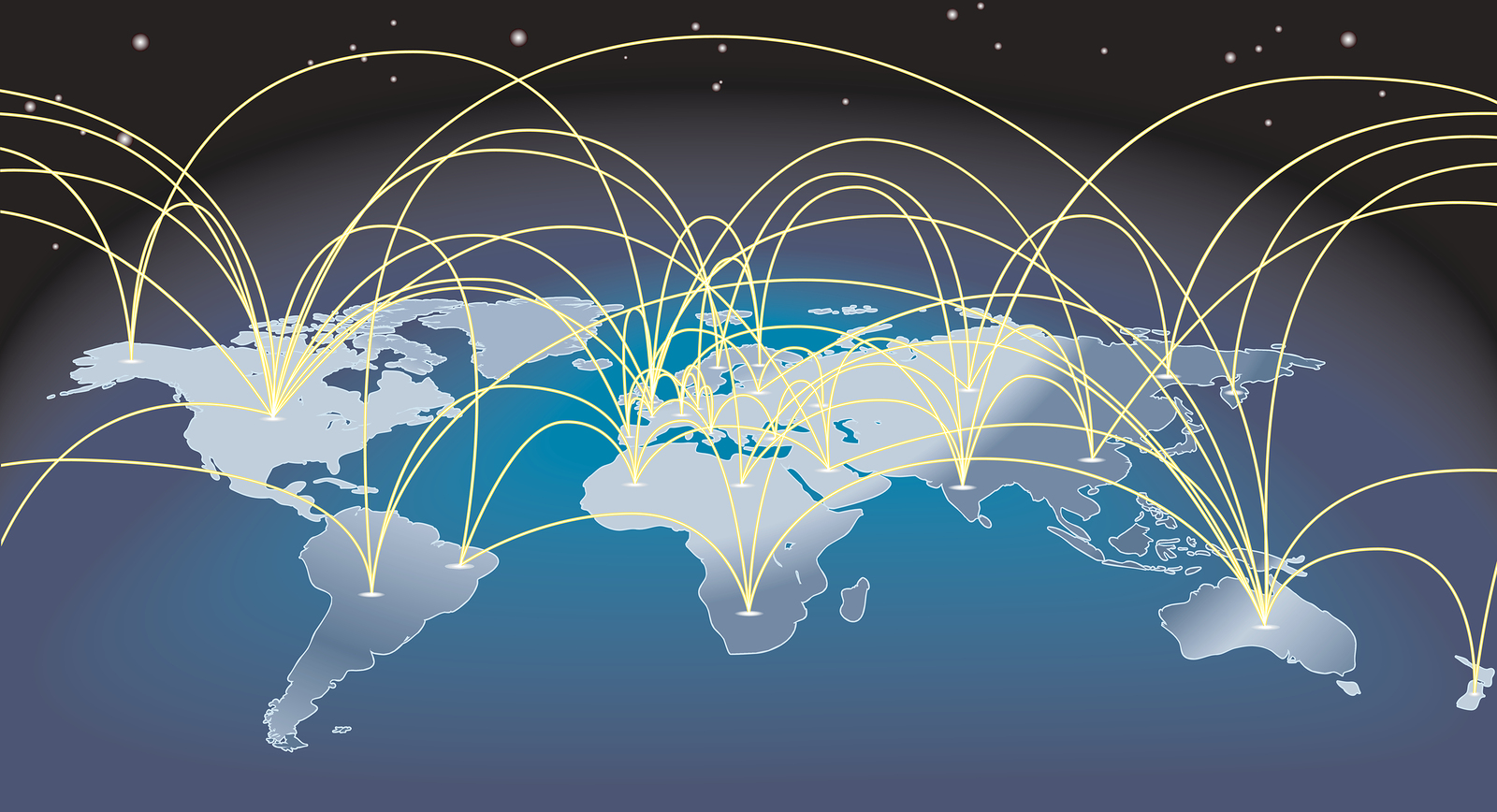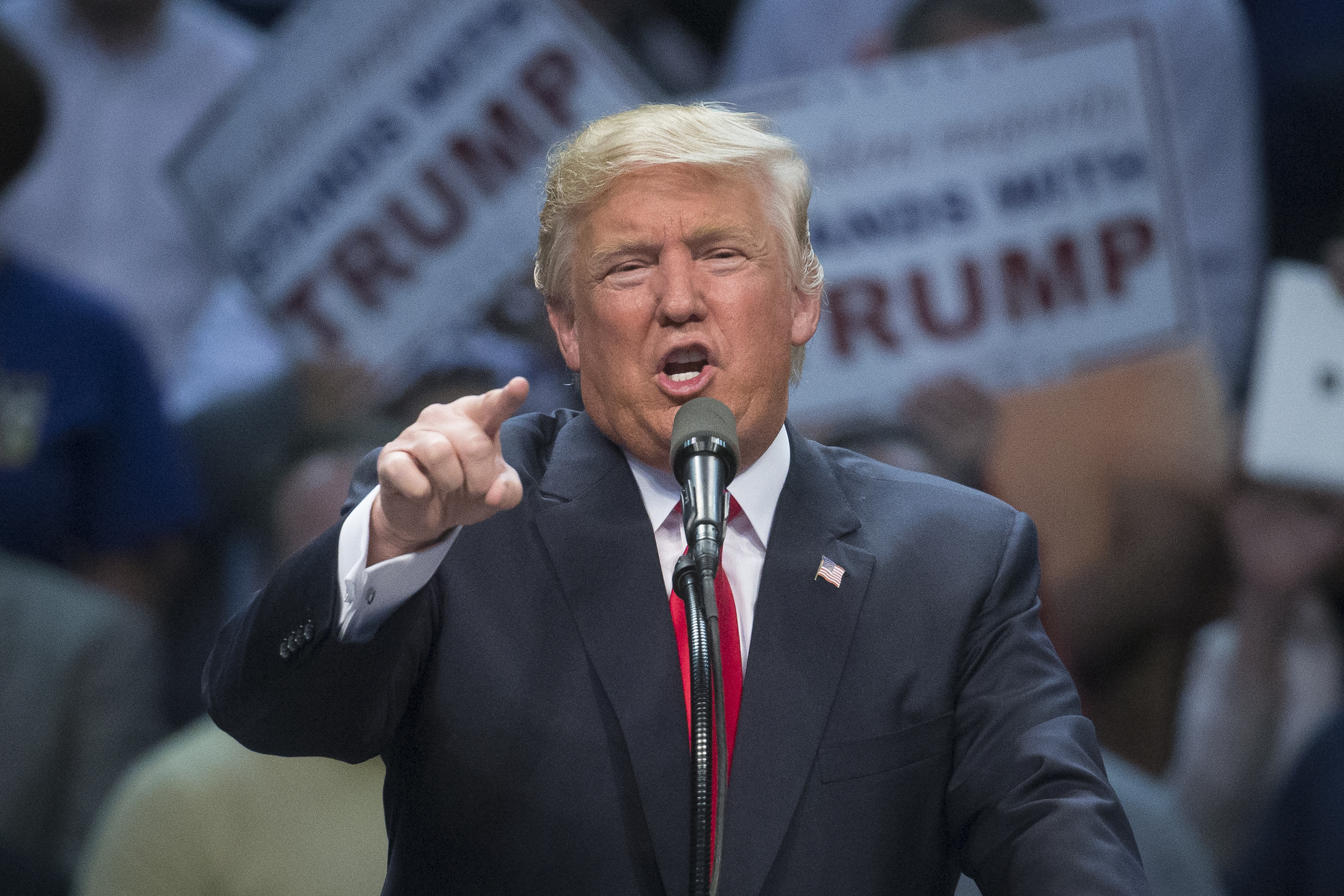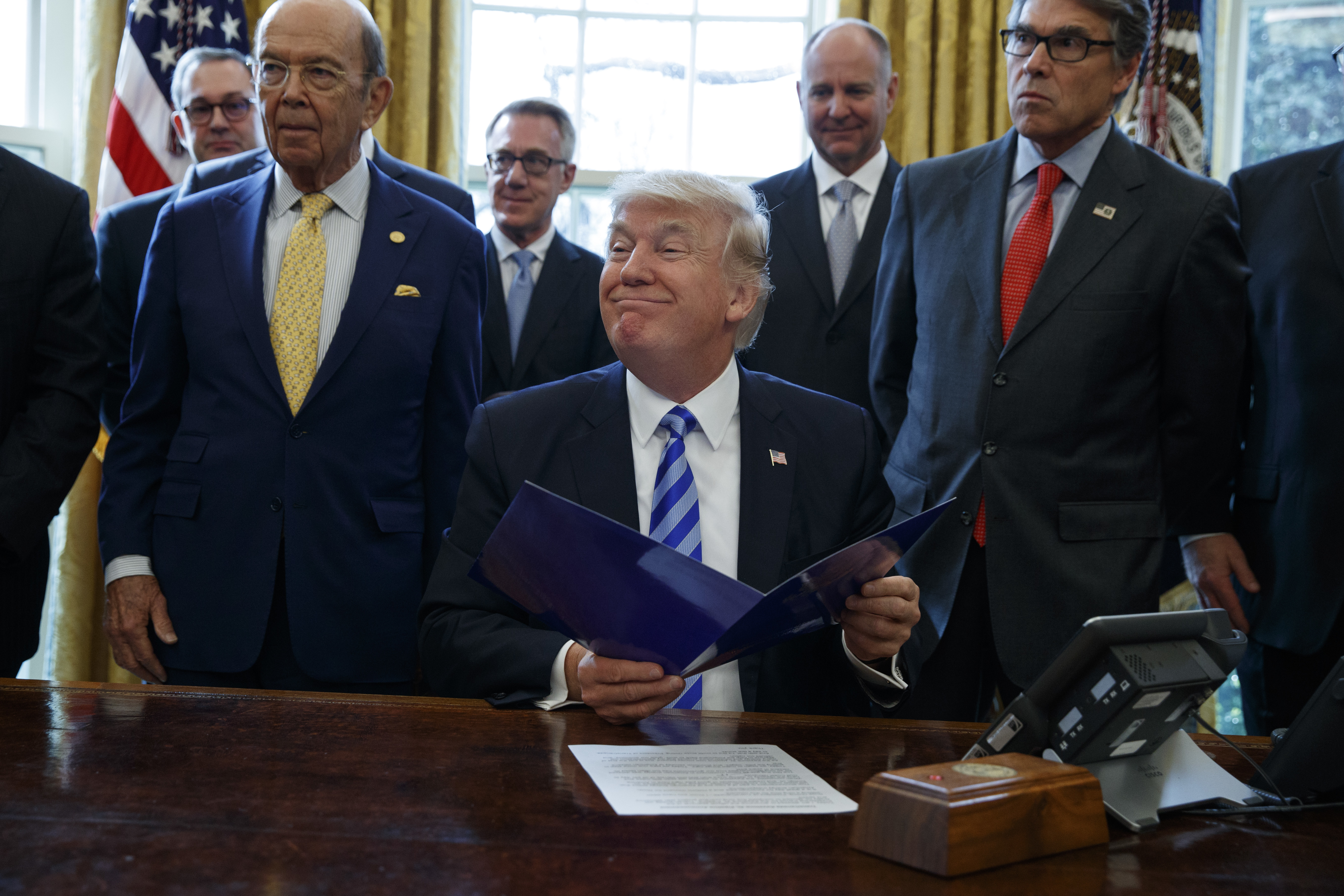
The labor skills gap has become a contentious issue with no clear solution. But better understanding what exactly is happening is critical to eventually solving it.
Economists and policymakers have been in a fierce debate over how best to address the skills gap problem. Some have even argued the problem is overblown and possibly nonexistent. While the debate continues, many employers have been expressing great concern over their ability to get workers with the skills they need.
“We have all these jobs open, and we have all these people unemployed–where’s the disconnect?” Kristen Fyfe-Mills, the associate director of communications at the Association for Talent Development, told InsideSources. “Clearly there is something that is missing from the workforce.”
The Bureau of Labor Statistics (BLS) recently reported that job openings had increased to six million. At the same time, new hires decreased. The BLS also found in a 2015 report that the country is projected to produce one million fewer technical workers than is needed over the next decade.
“It is, in fact, a significant challenge,” Melody Barnes, who serves as chairwoman of the Forum for Community Solutions at the Aspen Institute, told InsideSources. “There a lot of different economists and people who have looked at the problem and they have spoken to different aspects of the challenge, and that’s why it may lead to some confusion over the significance of the problem.”
Economists have approached the problem in a number of ways. Some believe the skills gap is occurring because people are not being provided needed skills through school and training. Others assert the issue is the result of certain industries not paying adequate wages to attract skilled talent.
“There are those that look at issues around wages, and there are others who look at the gap in terms of experience and training to meet the available jobs,” Barnes said. “People look at the issue of mobility, and the ability of people to move to places, with the requisite skills, where job openings exist. All those issues play a role.”
Industries with the most pronounced skills gap typically are in need of workers with technical skills. Those skills encompass the knowledge needed to accomplish mathematical, engineering, scientific, or computer-related tasks. The tech-sector and manufacturing have been in increasing need of those types of workers. Some foreign countries have even attempted to take advantage of the shortfall in tech by promising companies skilled workers.
“There is a skills gap, you can call it a middle skills gap because, in a lot of cases, it is technical skills that aren’t so much four-year college skills,” Chris Tilly, a professor at the University of California, Los Angeles, told InsideSources. “They’re more hands-on skills that you might get through apprenticeships, or through community college training.”
Industry groups and employers in those industries have been warning there just aren’t enough workers with the skills they need. Many young adults go to traditional four-year colleges, but that leaves employers in desperate need of workers who have a technical skill set. The result is a mismatch between what people are learning and what employers actually need.
“We have jobs that are open for months or years, we have people who are out work,” Fyfe-Mills said. “Why is it that the people who are out of work can’t be filling these jobs. It would be largely because they don’t have the skills these people are looking for.”
The skills gap issue doesn’t seem to be an isolated occurrence either. The Manpower Group, a human resources consultancy, found in its annual talent shortage survey that 40 percent of employers worldwide reported a lack of workers with needed skills. The shortage of skilled labor has increased steadily since 2010.
“We have employers who have identified a set of jobs that they are having trouble finding workers for that have the requisite skills,” said Barnes, who served as a top aide to former President Barack Obama. “At the same time we also have a population of people who are not employed and not participating in the labor market right now, who don’t have the necessary skills for the jobs that are available.”
Tilly notes that a major part of the problem is that young adults are often pushed to get a four-year college degree. Careers that require a four-year college degree are often viewed as having a higher status in society. The reality, however, is that careers in technical fields are often better paid and more aligned with people who are better with hands-on work.
“Right now we’re sending off millions of young people to two and four-year schools who don’t finish anything,” Georgetown University Prof. Harry Holzer told InsideSources. “They mostly don’t get much value out of what they’ve finished, or, like I said, some people finish the wrong thing.”
Holzer says people seeking to get into the middle class will need a post-secondary credential that the labor market values. He adds policymakers could help by making it easier to get retrained so that workers can gain needed skills in the event what they have studied is not needed or is starting to phase out.
“One of the biggest challenges that we have, and this is something we certainly worked on when I was in the administration, is identifying the best way to try to help more people get better training and the right type of training for the jobs that aren’t just available today, but the jobs that will be available tomorrow,” Barnes said.
Barnes adds that examining available data can help give a better picture of what skills will be needed in the future. Experts and policymakers can use the data to track trends in the labor market.
Fyfe-Mills argues employers can also use these trends to better prepare for their future needs.
“Training is certainly part of the solution, but its not a one and done thing,” Fyfe-Mills said. “It’s really about organizations being able to look at what they have and what they need, paying attention to what the trends are in their own industries, and their own fields, and making sure they have the people in place who will help them get to that future state.”
Fyfe-Mills says that it would also help for employers to form more partnerships with colleges and other job training programs. Those programs could then more accurately provide the skills employers need or are going to need. The skills gap would, presumably, start to close as the mismatch between needed skills and education is addressed.
“There’s several different ways to look at that,” Fyfe-Mills said. “Creating an environment where businesses and education, are not necessarily singing out of the same songbook, but collaborating to work in the local community and region to create good jobs with rightly skilled people for those opportunities.”
President Donald Trump has looked towards apprenticeships as a potential solution. He signed an executive order last week aimed at increasing the number of apprenticeship programs. The executive order rolls back regulations so that companies, unions, and industry groups alike can more easily create their own apprenticeship programs.
Trump has also received criticism for supposedly undercutting job training elsewhere. His proposed budget May 23 would cut some established federal job training programs significantly. CNN and a number of other news outlets highlighted the apparent inconsistency.
“What we’re seeing right now is a reticence to put necessary resources, or even to maintain resources, in government job training programs to help meet some of the needs that are there,” Barnes said. “So there’s a lot of concern about cuts that have been proposed to the Department of Labor and job training programs.”
Trump is not the first president to look towards apprenticeship and job training programs as a way to close the skills gap. The Government Accountability Office (GAO) found in a 2011 report that the federal government spends about $18 billion annually on these programs. Former President Barack Obama, for instance, invested $90 million into a federal program focused exclusively on apprenticeships.
“This is a conversation that has been going on since at least the late 80s and early 90s,” Tilly, who has written extensively on the skills gap issue, said. “There have been attempts to develop apprenticeship programs. There was actually a push under the Clinton presidency, the Bush presidency tried some of it, the Obama administration did some more of it.”
Some economists believe the skills gap issue arises from wages not being high enough to attract skilled workers. Those workers with desirable skills may look to industries with fewer opportunities, or even dropout of the labor market, if they feel the wages being offered in technical fields are not worth their time.
“I think skill gaps show up less in unemployment, but more in terms of low-wages that people are dropping out of the labor force, sometimes because of those low-wages,” Holzer said. “So, if you frame it that way, then I think the skills gap is real.”
University of Michigan-Flint Prof. Thomas Hemphill points to manufacturing as an example of where the problem has been occurring. Manufacturing has become more technically advanced over the years which has changed its labor needs. The industry requires fewer workers but has also gained a greater need for workers with more advanced technical skills like engineering.
“Today in manufacturing people have to be better skilled than in any other point in our history,” Hemphill, who has addressed the issue in a number of reports, told InsideSources. “There is a dilemma that they want people who are skilled, yet they’re not willing to pay the wages.”
Hemphill adds its difficult for employers to raise wages in industries that compete in the global market. Technology has made the world more interconnected which has yielded some very positive results like better access to international trade.
A more interconnected world has a downside, as well. Domestic industries now have increased competition from foreign countries that have cheaper labor. But even if domestic industries find a way to adequately raise wages, it’s still not a guarantee they will be able to attract workers with the skills they need.
“Just jacking up wages doesn’t necessarily solve the problem if there are other problems, like in the education and training pipeline,” Holzer said.
The labor skills gap might also be the result of inadequate information. People may seek out training and college courses without fully understanding what skills are needed. They might also not be aware of what opportunities are available to them.
“I think there are definitely skills gaps,” said Joshua Wright of Economic Modeling Specialists. “Some of those gaps could be more so information gaps. Job seekers don’t know what they should be studying and trained for and what opportunities are out there. There could be wage gaps where employers aren’t paying enough.”
The skills gap issue can also be better understood when looked at from the local level. The overall economy shows a much different picture than the needs and concerns of local economies. Those concerns may include skills gaps related to the local industries.
“It really depends on where you are at and what the local economy specializes in, the key industries in a specific metro area or a group of counties,” Wright said. “That drives the workforce needs and any gaps, if there are any there.”
Wright adds that it is worthwhile to look at the issue in the context of the overall economy, but he emphasizes the need to look at local data in order to better understand what is happening. The defining characteristics of a local economy are often different than in other places.
The skills gap debate has also raised doubts about the problem itself. Some economists have expressed skepticism over how big the problem is. Some others have even argued that the problem doesn’t actually exist. They note wages should be increasing more than they are if employers were truly trying to attract more skilled workers.
“There’s a lot of controversy over whether there’s such a thing as a skills gap,” Kaiden, manager for career development at the Association for Talent Development, told InsideSources. “Some people will say absolutely, we must fill the gap.”
University of Pennsylvania Prof. Peter Cappelli noted in a 2014 report that the source of the complaint is dubious. The report detailed how the claim primarily comes from employer surveys and reports produced by business associations, rather than market indicators like wage increases.
“They say you can’t have a skills shortage unless wages are rising,” Holzer said. “A lot of people used that during the Great Recession to argue there is no skills shortage, or there is no skills gap because it was hard to find wages rising anywhere. I think that was false because there was so much slack in the labor market that it was covering areas that have tightened around some skills.”
The Economic Policy Institute (EPI) found in a 2014 report that the main problem might actually be demand. Businesses have not seen demand for their goods increase in a way that would require more robust employment gains.
“People are saying that salaries aren’t rising the way that they should, if its really a tight market, and there really is such a thing as a skills gap, we should see salaries going up more,” Kaiden said. “So you’ll hear this argument that there is no skills gap. But from what I hear talking to employers they’re having trouble finding the right people to fill the positions. I think it’s this mismatch of the right people in the right location.”
The skills gap issue is complicated and therefore there is no clear solution. More so, the problem likely will require multiple solutions to address its many components. Something that works for one industry might not for others. Where the problem is occurring locally is also another factor.
“I don’t think there is a one size fits all solution,” Kaiden said. “I think it really depends on the industry, location, employer, and skill set they’re missing. But I think building partnerships with local organizations is a very good solution, but then again, it doesn’t work for everything.”
The skills gap issue doesn’t account for everyone who is not working. The economy faces a number of problems that have caused the labor force participation rate to fall. The rate in which people have been dropping out of the workforce accelerated following the 2007 financial crisis. It leveled out over the past year, but has failed to regain those losses.
“So there are a bunch of these jobs–machinists, technicians of various kinds–where they can’t find enough people with the right skills, and that is a problem,” Tilly said. “On the other hand, that’s not the main source of unemployment. The main source of unemployment is still that the economy is not functioning at full capacity.”
The labor force participation rate does account for retirees, student adults, and others who have a good reason not to be in the labor market. The concern is that many working-age adults without a disability have also dropped out. Nevertheless, the large number of retirees are potentially a problem, as well.
“I think as the overall labor market tightens, which it has, and as baby boomers keep retiring, which they’re doing, you will see skill gaps in more occupations and industries,” Holzer said. “I think in those cases you will see some wage pressure, you will see employers undertaking more training programs, you will see them working more with community colleges, or other service providers to get more of those skills going.”
The Wagner-Peyser Act established the first nationwide employment service. The act helped coordinate local public employment offices which had been helping displaced and struggling workers. The Workforce Investment Act later consolidated most federal job training programs when it was enacted in 1998.
Follow Connor on Twitter
Subscribe for the Latest From InsideSources Every Morning
